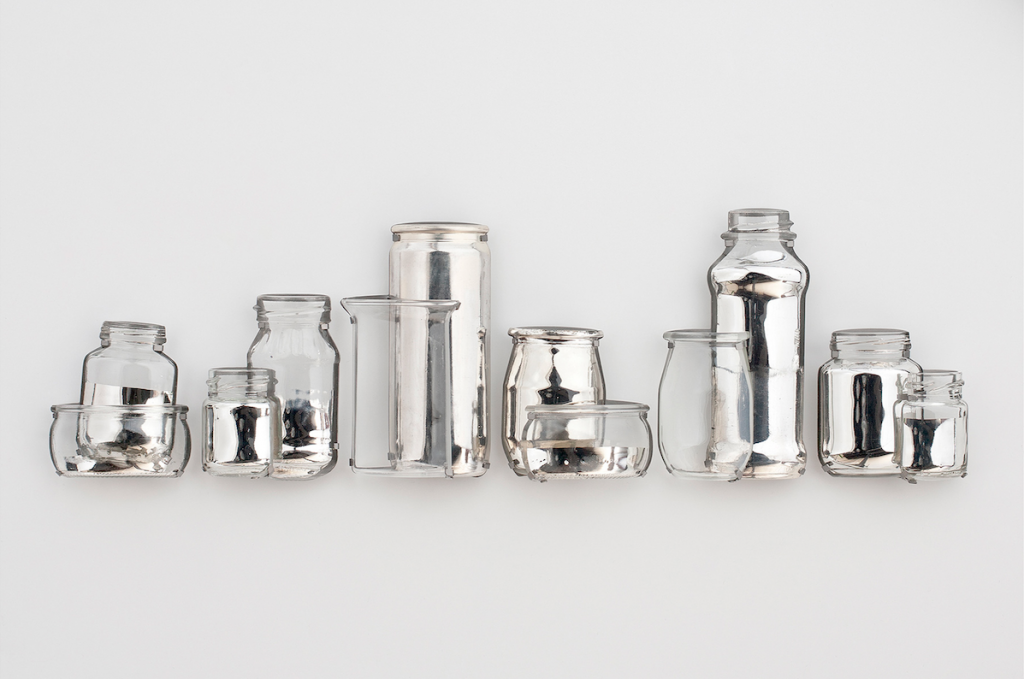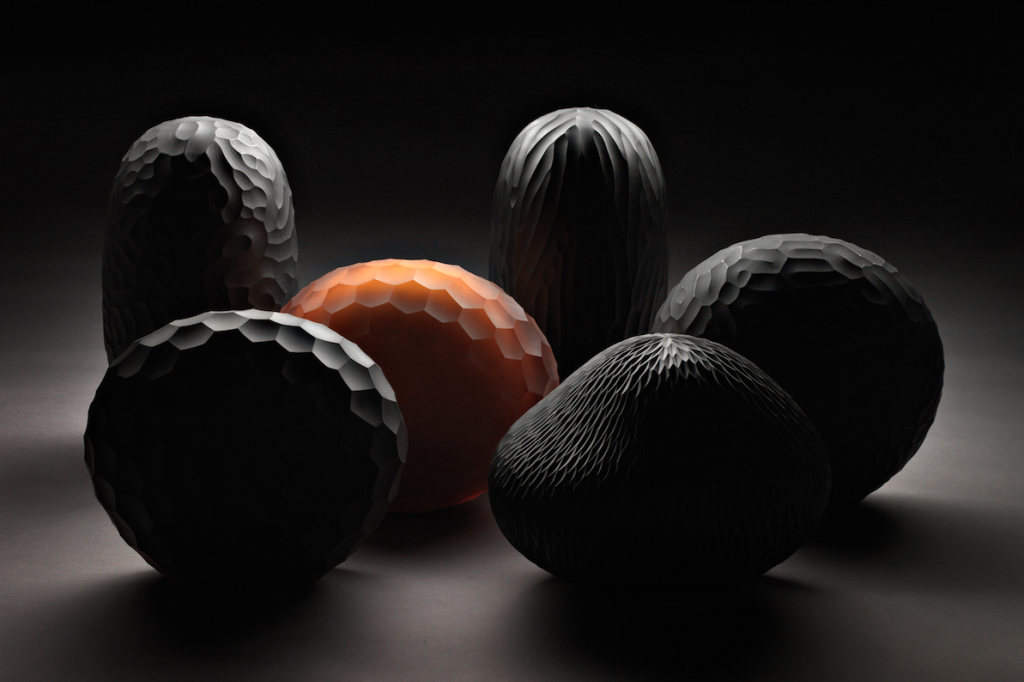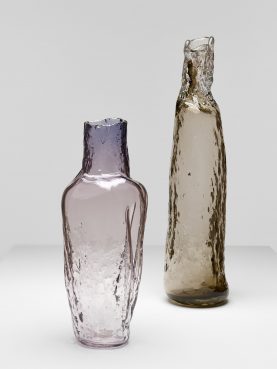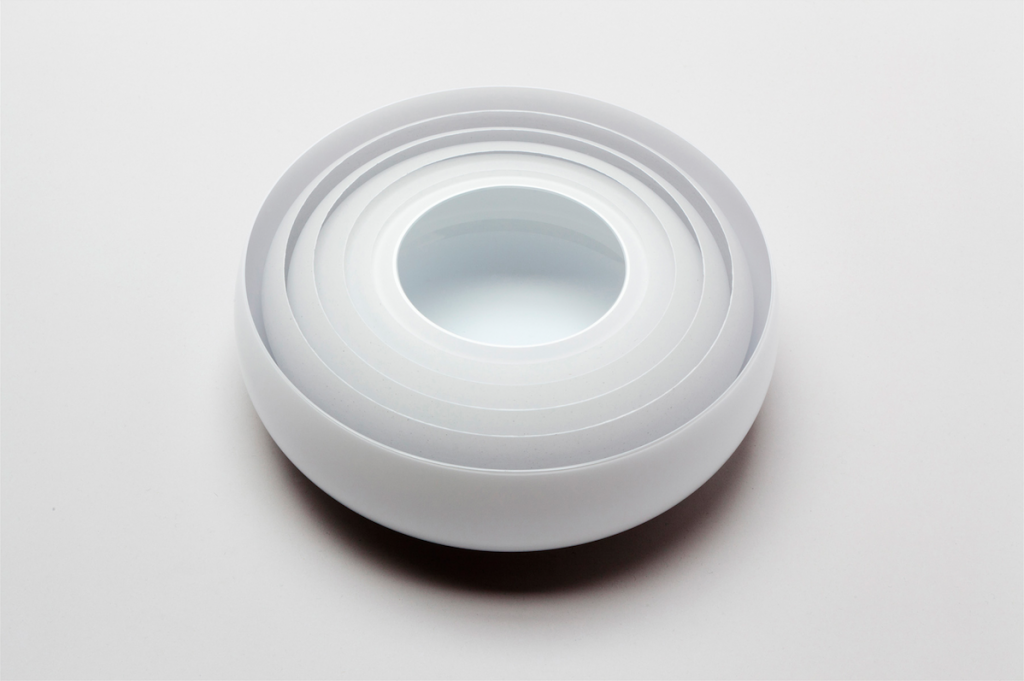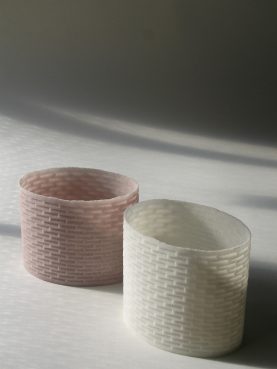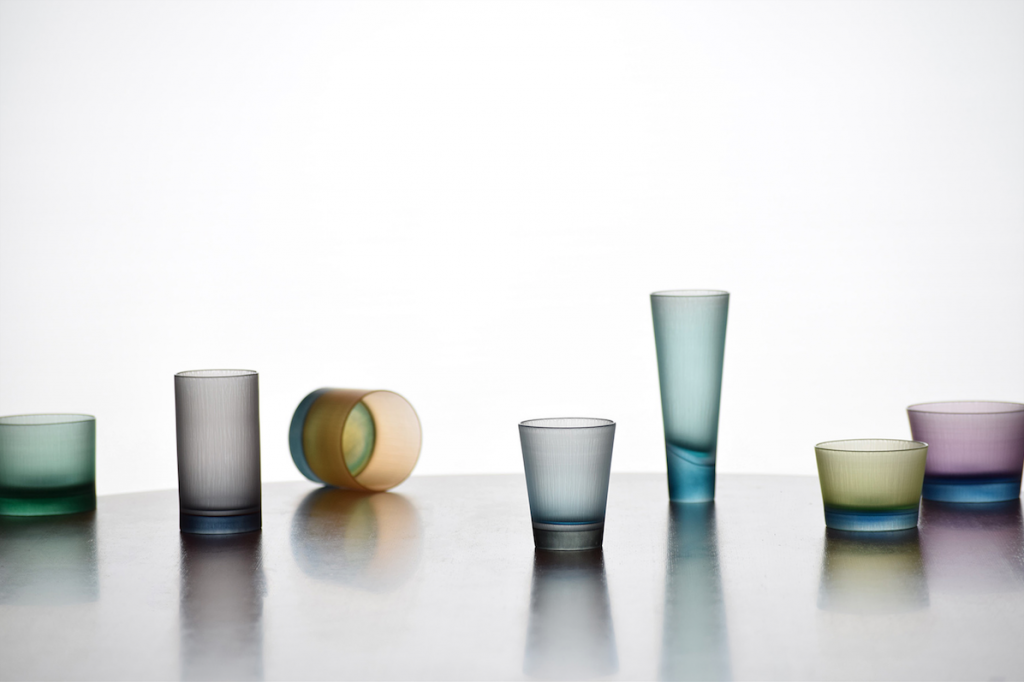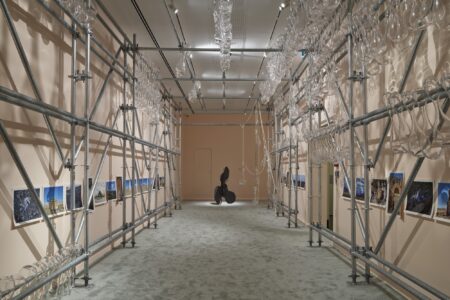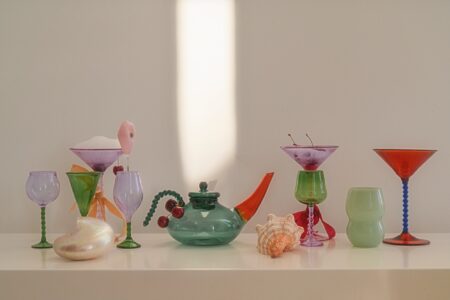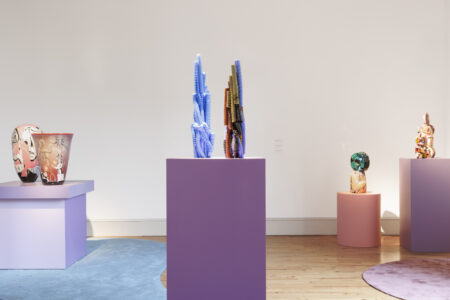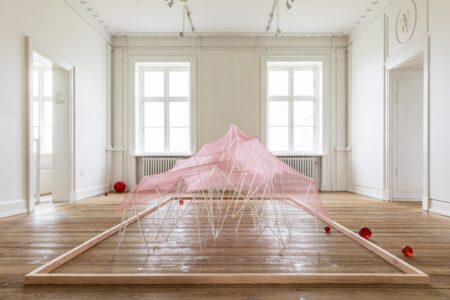Glass – Vessel – Object: 10 Points of View
How can the glass vessel be re-imagined time and time again? Glass – Vessel – Object at the Neues Museum Nuremberg presents 10 approaches to glasswork
Perhaps the most common object that is made in glass is a vessel of some description, be it a vase, cup or bowl. Despite the ubiquity of the glass vessel, the opportunities to create new and unique vessels remain endless due to the material’s elastic versatility. Glass can be cut, sanded, stretched, free-formed, heated, blown and mold-blown. This list of techniques is exploded when the different treatments are added into the mix: Matt, translucent, multi-colored, transparent, textured, opal, colored, colorless, etc.
Presenting 10 points of view on how glass can be used to create vessels is the exhibition Glass – Vessel – Object at the Neues Museum Nuremberg. The theme of 10 objects was chosen to mark the 10th years that the museum has hosted an exhibition by the Forum for Applied Arts Nuremberg — an organization that seeks to engage the public in events discussions surrounding the vivid world of arts and crafts.
The exhibition shows the dynamics possibilities of glass through the works of Veronika Beckh, Gesine Hackenberg, Bernard Heesen, Franz Xaver Höller, Ritsue Mishima, Takeyoshi Mitsui, Eva Moosbrugger, Cornélius Réer, Tora Urup und Sylvie Vandenhoucke. The selected artists represent a cross-section of glass practitioners with some focusing on free artistic expression and other applying the material to create practical outcomes such as jewelry and tableware.
Glass – Vessel – Object will be on display until January 6
Cover image: Glass object by Cornelius Reer
